
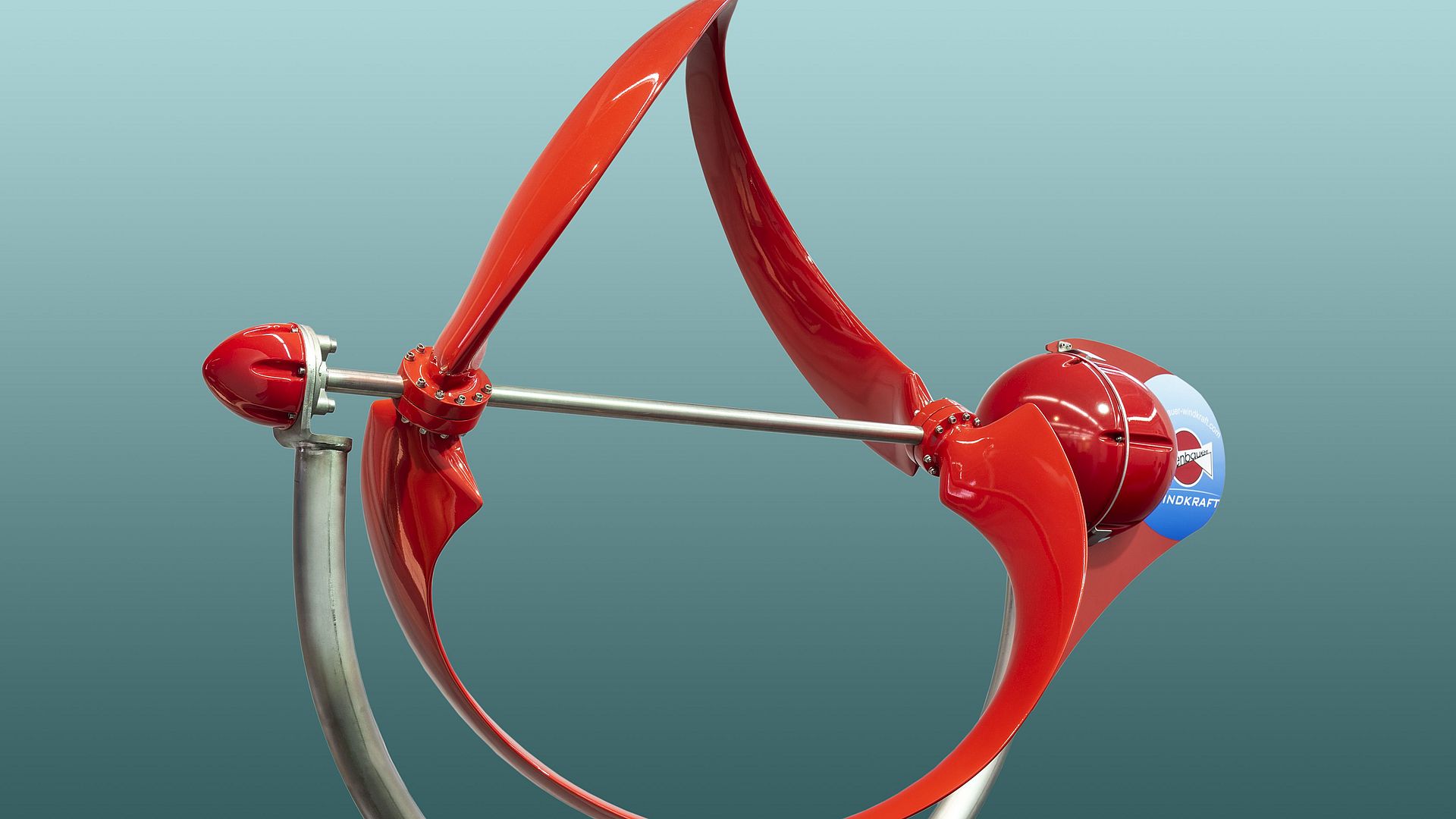
Photo: Deutsches Museum | Christian Illing
Materials, Energy, Production
Energy Technology – Challenges for Our Society
How can energy be harnessed for humankind – and what consequences does that have for the environment? Here you’ll find out more about solar and wind energy, as well as reactors and power plants.
What is Energy Technology?
Energy is essential to the existence of our society. We take it for granted that it is always available in a clean and moderately priced form. We use it for heating and lighting, to increase our mobility, and for communication.
Aspects of energy technology are addressed in many exhibitions at the Deutsches Museum; after all, the development of humanity is closely connected to how we have used energy throughout our history. One of the most significant steps was the mastery of fire. This provided heat for cooking food and for warmth. Its light increased the time people could utilise during the day, and also drove away wild animals. In an oven, it could be used to fire ceramics or to smelt bronze and iron. Thermal engines were invented in the 17th century, and we have used them ever since to cover most of our energy requirements.
7.77 billion
Global population in 2020
583.9 trillion
Global energy consumption (in joules) in 2019
4.8 tonnes
Average CO2 emissions per capita in 2018
Exhibition Themes
Entrance area of the Energy Technology exhibition Photo: Deutsches Museum
Energy Requirements and Carbon Dioxide Emissions
This section begins by addressing the fundamental connection between our growing demand for energy and the resulting CO2 emissions. It takes a closer look at current discussions on climate change caused by humankind, communicating the causes of global warming and demonstrating how it is linked to our use of energy. On a bicycle generator, visitors can experience just how much effort is involved in producing energy – especially thermal energy. The CO2 game gives us an idea of the kind of activities that particularly increase our carbon footprint.
Cooking with the sun. Photo: Deutsches Museum
Renewable Energy
Ultimately, almost all of the energy that we need to live (food and useful energy) comes from the sun. All the higher plants that we use as food or raw materials need the sun to grow. All fossil fuels – such as coal, crude oil or natural gas – can be regarded as stored solar energy that has been locked away inside the Earth for millions of years. Even the water that moves our turbines draws its energy from the effects of the sun, which drives the eternal cycle of evaporation and precipitation. Wind energy, on the other hand, is the kinetic energy of moving air. It is created by the uneven heating of the Earth’s surface by the sun.
Faithful replica of a pressurised water reactor. Photo: Deutsches Museum
Nuclear Energy
Around 50 years ago, nuclear energy was regarded as the solution for providing the large quantities of energy required for rapid economic growth after the Second World War. This exhibition looks at the historical development and use of nuclear power in Germany, moves on to the structure of the reactors and processing of the fuel, and ends by examining the safety of nuclear power plants and the disposal of radioactive waste. A faithful replica of a pressurised water reactor is used to explain the key components and how they interact.
According to current legislation, all nuclear power plants in Germany will be shut down by the end of 2022. (As at: March 2021)
[Translate to English:] Einblicke in die Ausstellung Energietechnik
Virtual Tour
Discover the exhibition in 360°: click the mouse or touch the screen to look around in any direction. The virtual tour also includes text, films and audio information for many of the exhibits.
Virtual Tour through the Energy Technology Exhibition
Publications and Supplementary Materials on the Topic
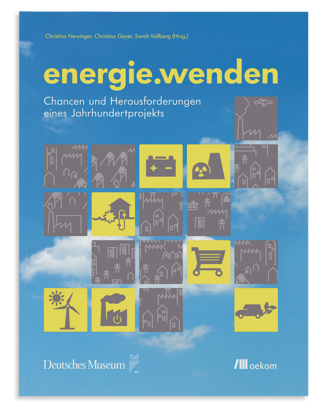
Facts
- Exhibition area: 600 sqm
- An exhibition at the Deutsches Museum since 1983, fully redesigned in 1996, entrance area modernized in 2007, Renewable Energy exhibition area modernized in 2012
- The exhibition is on Level 1
Any Questions?
![]()
Dr. Frank Dittmann
Curator
Deutsches Museum
80306 MünchenTelephone +49 89 2179 370
Fax +49 892179 99350
Email f.dittmann@deutsches-museum.de
Do you have organizational questions?
Cornelia Schubert
Assistance to department heads, main department heads and curators
Susanne Schmölz
Assistance to department heads, main department heads and curators


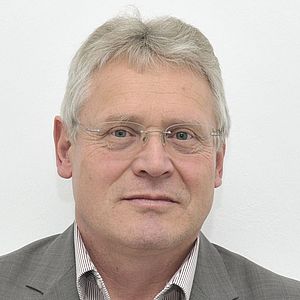
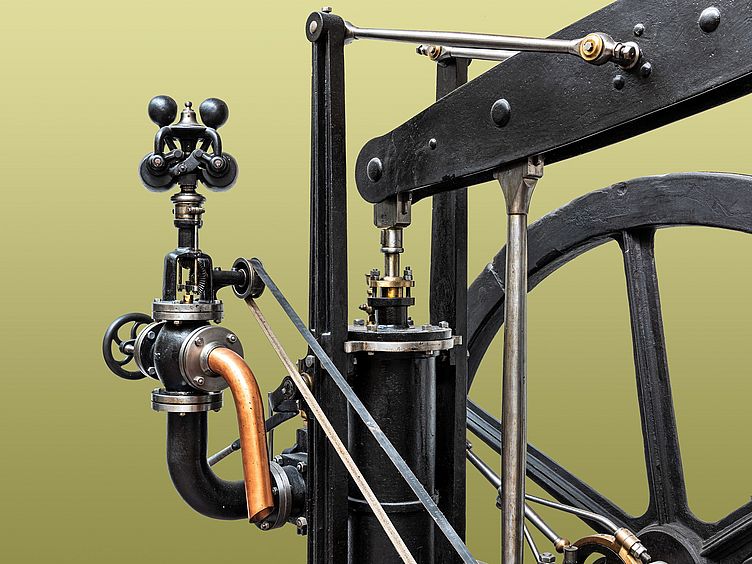
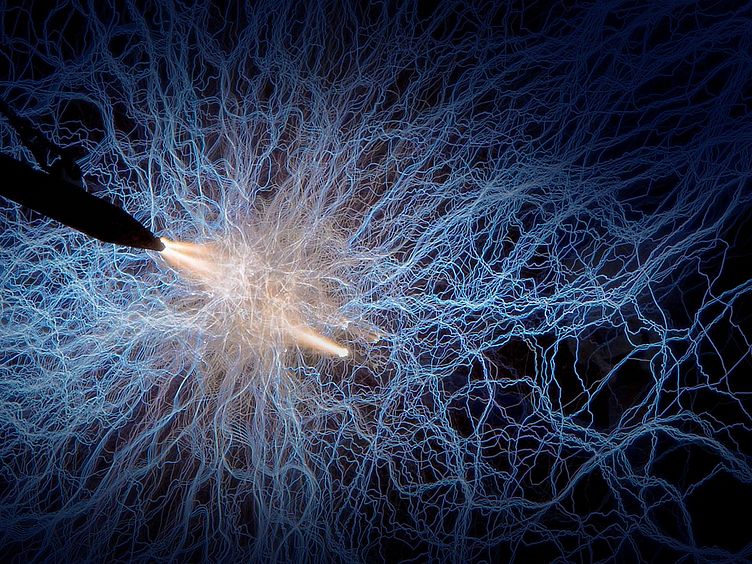
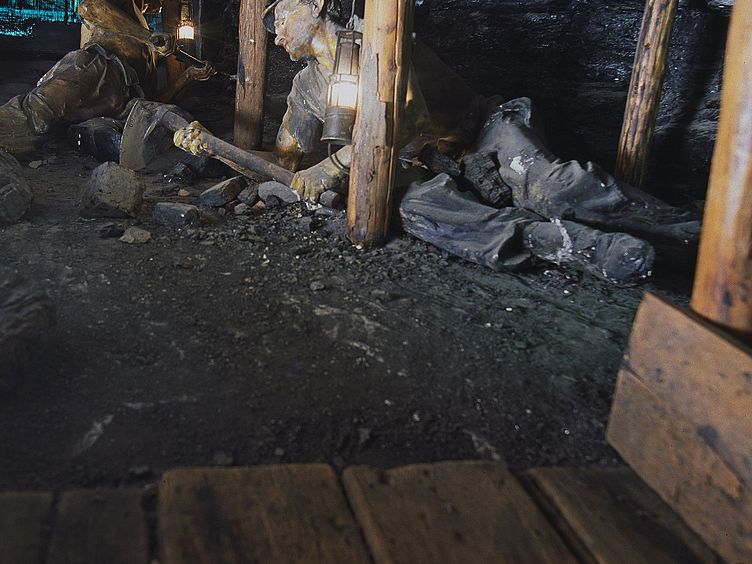
![[Translate to English:] Das System Erde dargestellt durch verschiedene Globen.](/assets/_processed_/a/8/csm_Ausstellung_Umwelt_CD_L_7596_354_ebff66bd31.jpg)